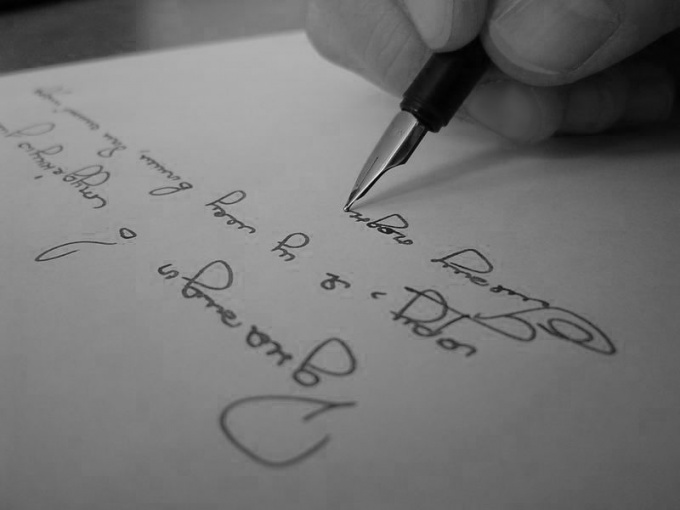Instruction
1
Do not Preface one Chapter. The beauty of the first pages that they directly are not part of the subsequent essays. Of course, it's silly to read the introduction outside of the context of the work, but, nevertheless, a certain independence and separateness is always preserved. Try not to make the Preface too high – reasonable size from half to five pages. Avoid too detailed analysis of subsequent text, as for the reader itself will be useless.
2
Be yourself. The Preface is valuable precisely because it gives the opportunity to "personally" communicate with the author. In this context, the most enjoyable option of writing the Preface will be the "address" to the reader. Try to set up on his work, tell the peculiarities of the work emphasize a reaction to the work you expect (for example, "treat further, it is written not as a parody and wicked satire").
3
Tell the story of creation. The standard move in this case would be a listing of thanks to the people who played a role in writing. However, do not overdo the transfers, they will be completely uninteresting to those who are not personally familiar with these people (and that means more weight reading). To avoid this you can use next up: "Work has begun thanks ... without him I wouldn't have invented the entire concept of", "Some chapters and characters were completely rewritten for the advice ... and it really came out better." You will not only pay tribute to people who deserve it, but will devote to the reader "behind the scenes", in development and change work.
4
Make the Foreword part of the text. The approach is somewhat unconventional, but having a place to be. For example Herman Hesse in his the glass bead Game" did Preface the lyrical monologue describing "the reasons for writing the book". This technique will allow you to isolate part of the text, which is necessary for a full understanding, in a separate paragraph, thus giving her a "special situation".
